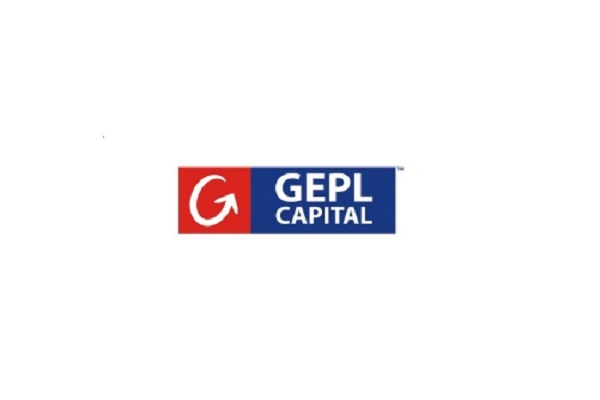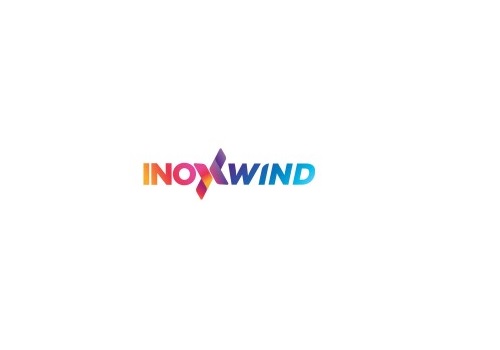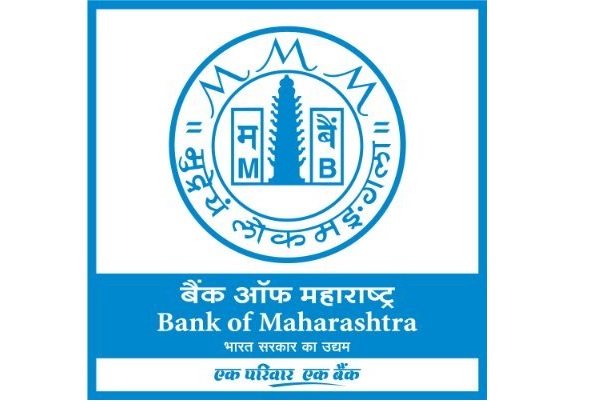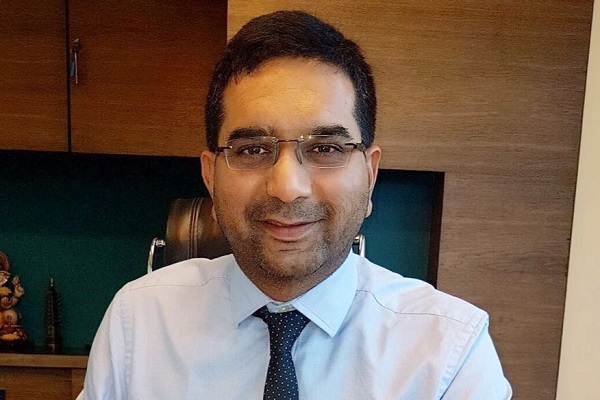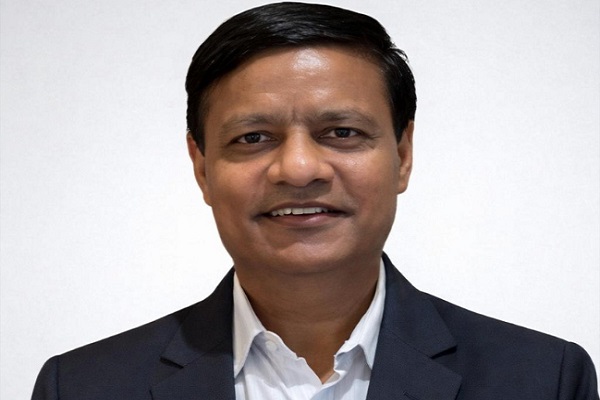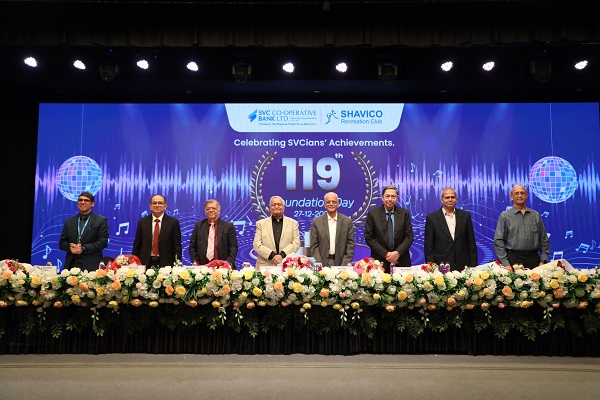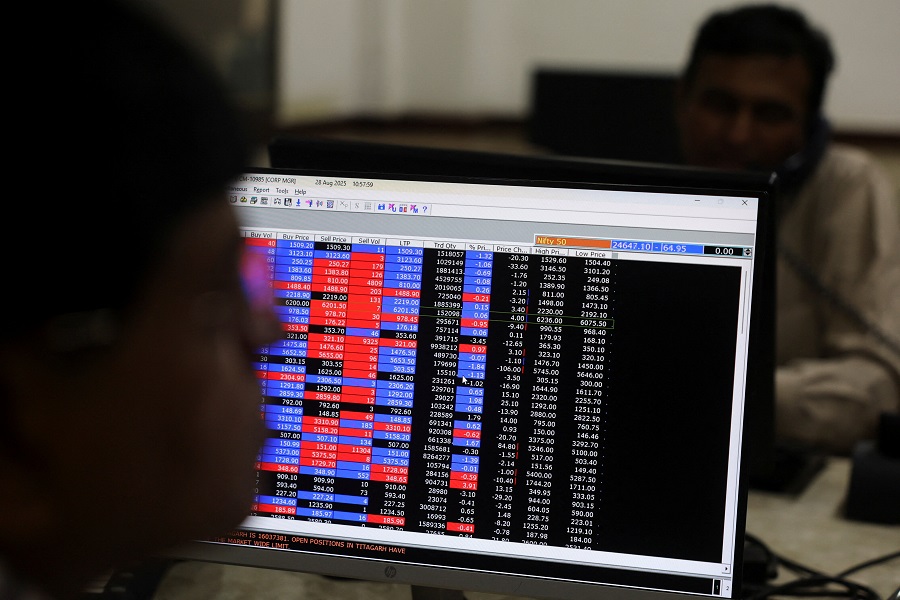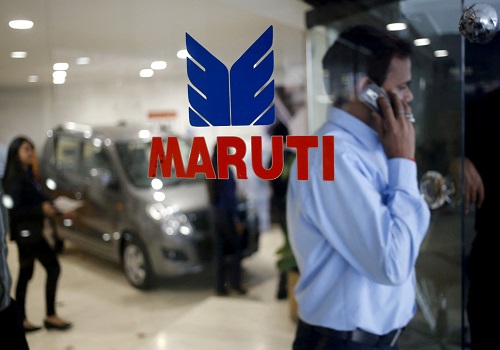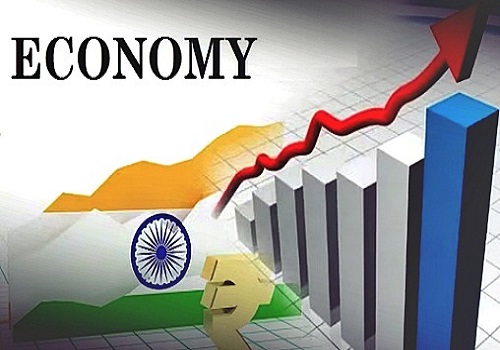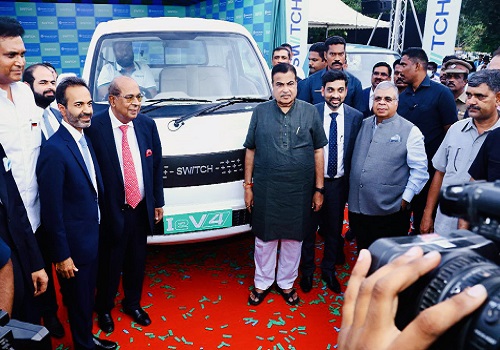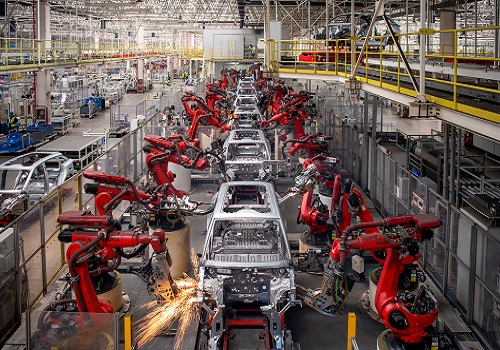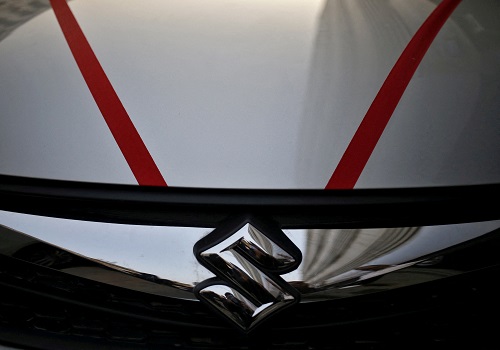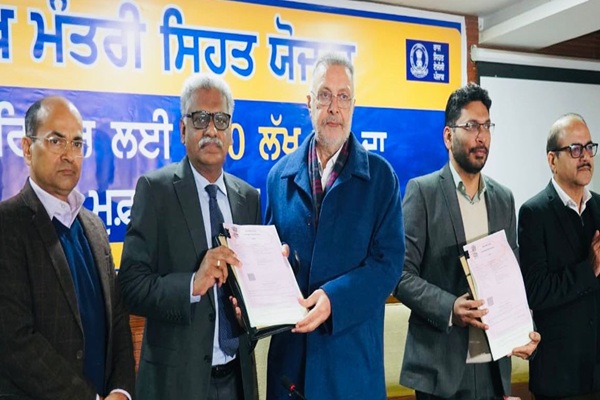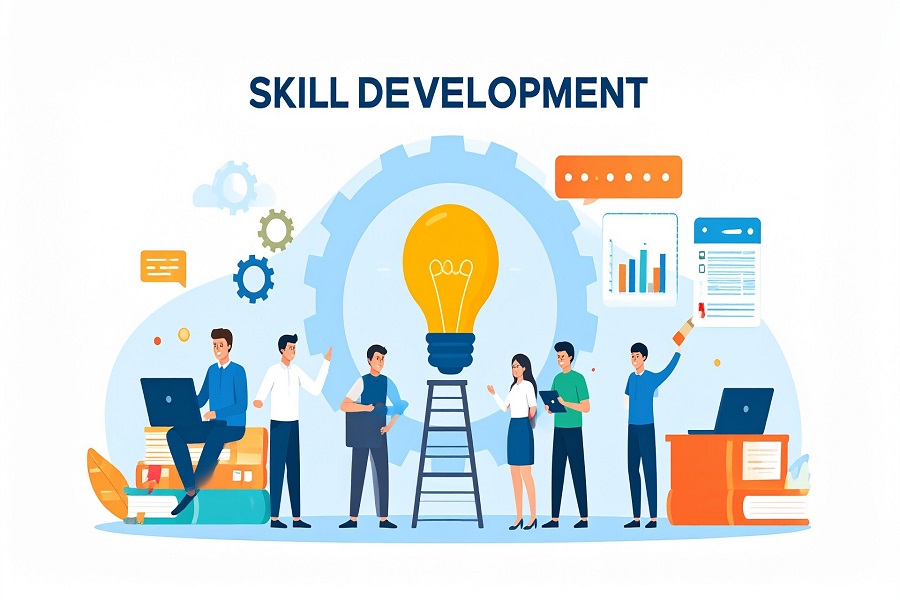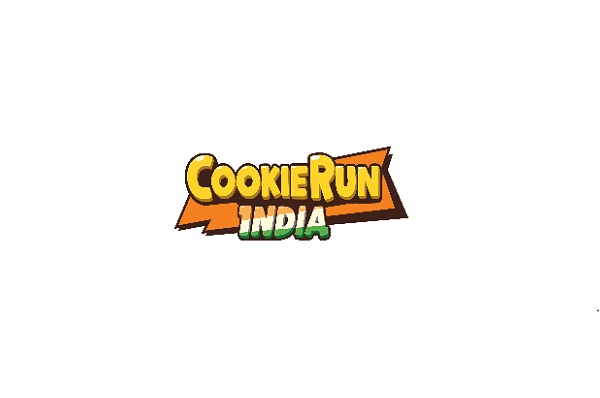1QFY22 interim earnings review By Motilal Oswal
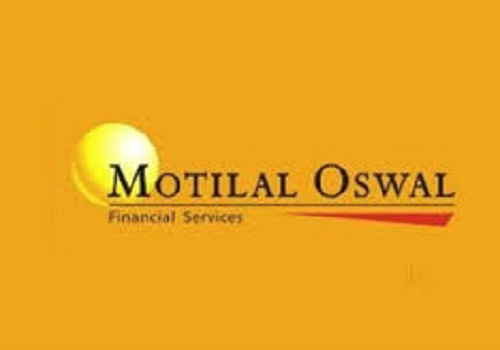
1QFY22 interim earnings review
In-line; management commentaries indicate recovery is setting in
* 108 MOFSL Universe and 31 Nifty companies have announced their results as of 31st July’21. Companies that have reported earnings thus far comprise (a) 62% of est. PAT for the MOFSL Universe, (b) 68% of est. PAT for the Nifty, (c) 56% of India's market capitalization, and (d) 77% of the Nifty 50 index weight.
* The 1QFY22 earnings season has been in-line, benefitting from the lower base of 1QFY21, as lockdowns in 1QFY22 were localized and less stringent v/s 1QFY21. Nifty profits for the 31 companies that have posted their results have grown 70% YoY (v/s exp. 64% growth). On the other hand, for the 108 companies in the MOFSL Universe, profit growth stood at 71% YoY (v/s exp. 70% growth). Among the sectors, Cement, Metals, Healthcare, and O&G have outperformed; Autos, NBFC, and Capital Goods have underperformed; and the performances of IT, Consumer, and Private Banks have been in line with expectations. 25 companies from our Coverage Universe have seen downgrades of >5%, while 22 have seen upgrades of >5%, leading to a 1:1 downgrade to upgrade ratio.
* Marginal downward revision in Nifty EPS: Nifty EPS for FY22E/FY23E has seen a marginal 1.1%/0.7% downgrade to INR725/INR862 (from INR733/INR868). 70% of the FY22 downgrade has been driven by Tata Motors.
* Key drivers of 1QFY22 performance: [1] IT – This sector has reported one of the best sequential performances, led by strong sequential revenue growth of 4.5% (USD) and the highest ever deal pipeline, providing earnings visibility going forward. Management commentaries have indicated a strong tech spending environment with an elevated focus on cloud migration / digital transformation deals. [2] Cement – Strong price realization and better cost control have driven performance in this sector. The volume decline in northern/central India was lower than expected vis-à-vis southern India, which had stricter lockdowns. [3] Autos – High RM inflation and operating deleverage have impacted most of the results in 1QFY22. OEMs (MSIL, BJAUT, TTMT, and TVS) have reported a commodity cost impact of 3–4pp QoQ.
* KEY SECTORAL INSIGHTS: [1] Technology: 1QFY22 marks the fourth quarter of robust QoQ revenue growth; 8 of 13 companies have beaten our earnings expectations. Strong demand has led to one of the highest ever headcount additions of 71k in 1Q in recent history. [2] Cement: Cement companies’ earnings have been aided by strong price realizations. Companies have offset higher power, fuel, and freight costs with higher price realization and cost control. [3] Consumer: Most companies have reported double-digit sales growth, albeit on a soft base, as companies were better prepared to deal with the lockdowns. The performances of APNT, JUBI, UNSP, and UBBL have been particularly robust despite the limitations. [4] Banks: Fresh slippage from the Retail segment has impacted most private banks, although the impact on asset quality has been less severe than that seen during the first wave. Banks, however, are carrying additional provision buffers, which should limit the impact on credit cost.
Key 1QFY22 result highlights
* Nifty: Sales/EBITDA/PBT/PAT has come in at 48%/32%/70%/70% YoY (v/s est. 45%/29%/63%/64% YoY). 12 of 31 companies have beaten our PAT expectations, while 11 have missed.
* MOFSL Universe: Sales/EBITDA/PBT/PAT growth stands at 48%/40%/74%/71% YoY (v/s est. 45%/36%/71%/70% YoY).
* The earnings downgrade/upgrade ratio is almost even at 1:1. 25 MOFSL Universe companies have reported downgrades of more than 5% (of which 18 companies have seen downgrades of more than 10%), while 22 have posted upgrades of more than 5% v/s our FY22 estimates.
* Among the Nifty constituents, UltraTech Cement, Asian Paints, ICICI Bank, IndusInd Bank, Sun Pharma, JSW Steel, IOC, Reliance Industries, Tech Mahindra, and Wipro have exceeded our profit estimates. On the flip side, Bajaj Auto, Maruti Suzuki, Tata Motors, L&T, ITC, Nestlé, SBI Life, Bajaj Finance, and Dr Reddy’s have missed our expectations.
* At the sector level within the MOFSL Universe, Retail, Cement, Consumer Durables, Metals, and Oil & Gas have seen earnings upgrades of 10%, 6%, 5%, 5%, and 3%, respectively. On the contrary, Automobiles, NBFC, Life Insurance, Utilities, Consumer and Private Banks have seen earnings downgrades.
View:
After a strong FY21, earnings for FY22 have begun on a healthy note. 1QFY22 earnings are progressing in-line thus far. The damage from the second COVID wave and the consequent lockdowns in April’21/May’21 has been much lesser than that from the 1QFY21 national lockdown. Management commentaries across the board suggest an improved demand environment post June’21, led by the easing of restrictions, lower active COVID-19 cases, and a pickup in vaccinations. However, the impact of rising commodity costs and, in general, higher inflation is reflected in the P&L. Asset quality in Financials has expectedly weakened sequentially. We estimate corporate earnings to continue to recover, as the underlying economy opens up, with progressively higher vaccination trends. That said, the Nifty now trades at 12M forward P/E of 20.5x and P/B of 3x, above LPA. Thus, the risk-reward is relatively less lucrative in the near term. We remain OW on BFSI, IT, Metals, Cement, and Capital Goods; Neutral on Consumer, Auto, and Healthcare; and UW on Telecom, Energy, and Utilities.
Key sectoral trends from 1QFY22 earnings
* Technology: 1QFY22 has seen one of the best quarterly performances by Indian IT services companies, with sequential revenue growth of 4.5% (USD). Moreover, mid-tier IT companies have reported the highest ever growth (aggregate growth >6%) during the quarter. Most companies have reported moderately strong deal wins, with one of the highest ever pipelines, which offers visibility on growth going forward. Furthermore, after a long gap, IT services companies have started indicating pricing as a lever for specific skill sets, which is very encouraging. Management commentaries have also highlighted a strong tech spending environment, with a high focus on cloud migration / digital transformation deals. The cumulative EBIT margin for our IT Services Universe has dipped 80bps QoQ on account of wage hikes, employee additions, and ramp-ups in deal wins. However, on a YoY basis, margins are still up 120bps on account of lower travel expenses, increased offshoring, and relatively higher utilization. The total headcount additions for 1Q stand at 71k – the highest increase in recent history, despite a higher base. This provides further assurance on sustained growth momentum in our IT Services Universe. However, given the demand-led supply pressure in the lateral job market, attrition in most of the companies has increased by more than 200bps sequentially. We have seen an increase in guidance from some of the IT companies. However, we believe that none of them are reflecting the growth momentum for FY22 and would revise their guidance through the course of the year. We are confident that the sector would report growth in the high teens for FY22. We have upgraded our earnings estimates for most of the tier 2 IT companies by 3–15% for FY22/FY23 as we build in higher growth rates. Tier 1 IT firms have seen downgrades in their estimates (barring Wipro and TechM) on some moderations in margins – led by increasing supply pressures in the industry and elevated operating metrics.
* Banks: While fresh slippage has spiked across banks, sluggish disbursements have further resulted in muted trends in loan growth, particularly in Retail. Although, deposit growth remains healthy. NII growth has been subdued, with margins exhibiting mixed trends, impacted by weak loan growth, interest reversals, and higher liquidity. Most banks have reported higher slippage driven by Retail – AXSB/IIB/ICICBC saw ~84%/85%/94% slippage from the Retail segment. However, while banks have reported sequential deterioration in their asset quality ratios, the impact has been curtailed and much lower v/s the first wave. Therefore, the GNPA ratio has increased in the range of 15–31bp across banks. We expect gradual recovery in the growth momentum as economic activity recovers. Collection efficiencies have also shown steady improvement over Jun–Jul'21 and would help moderate the slippage run-rate, largely from 2HFY22. The restructuring book also remains controlled. Banks are carrying additional provision buffers, which should limit the impact on credit cost. We largely maintain our earnings estimate (+/-5% change) and maintain our preference for ICICIBC and SBIN.
* NBFCs: Barring Shriram Transport, all other vehicle financiers have reported sharp QoQ decline in new business volumes. After the deterioration witnessed in May’21, collection efficiencies improved sharply for all lenders in Jun’21. The quarterly repayment rate in 1QFY22 has moderated from the trend rate due to the lockdowns and high delinquencies, leading to a lower loan-book run-off. MMFS and CIFC have reported a fair share of restructuring (outstanding between 3.5–5.0%), while restructuring has been minimal in SHTF (<1% restructuring). Asset quality pains have also been more pronounced for MMFS and CIFC relative to SHTF. Stress has also been seen in the 2W/3W Auto Finance segment of Bajaj Finance. MSME lending has been impacted in 1QFY22 and would recover to normal levels by Sep’21. Among the large HFCs, LICHF has seen moderation in disbursements and loan-book growth. Asset quality pains have been particularly pronounced for LICHF across product segments (including Individual Home Loans). Affordable housing financiers have also resorted to restructuring during the quarter, and the outstanding restructured pool for them stands at 0.7–1.2%. While deterioration has been observed in the 1+dpd metrics reported by the financiers, it is not alarming as such, especially considering the sharp improvement seen in collection efficiencies in the second half of Jun’21. Continuing decline in incremental cost of borrowings has led to lower blended cost of funds; with no major yield pressure, this has translated into stable to improving margins. The asset quality impact from the second COVID wave has been the key monitorable, and some NBFCs have reported QoQ decline in PCR on their Stage 3 assets. 1Q credit costs suggest FY22 credit costs are likely to be higher than earlier estimated. However, it is reasonable to expect steady improvement in asset quality over the remainder of the fiscal year. HDFC, CIFC, and MUTH remain our top picks.
* Consumer: Among the results declared thus far, consumer companies have delivered sales growth either above or in line with our expectations. None have posted a miss. APNT, ITC, BRIT, UNSP, UBBL, and JYL have delivered sales beats, while HUVR, NEST, MRCO, CLGT, and JUBI have delivered in-line sales performances. All of the companies have reported double-digit sales growth, albeit on a soft base (due to COVID-led lockdowns). With the second COVID wave impacting both rural and urban markets in 1QFY22, the consequent lockdowns and somber consumer sentiment have halted the strong recovery trend of the previous two quarters. While demand for essentials has remained intact, discretionaries have been affected amid reduced consumer mobility due to the lockdowns. Nevertheless, the companies are much better prepared to handle the disruption this year vis-à-vis last year. The performances of APNT, JUBI, UNSP, and UBBL have been particularly robust despite the limitations. With high commodity inflation during the quarter, most companies’ gross margins have contracted despite some price hikes taken. Additionally, the revival of ad spends means there has been considerable pressure on EBITDA margins. This has been partially offset by cost savings undertaken in the previous quarters due to COVID. With the number of COVID cases steadily dwindling as well as focused vaccination drives, the managements are optimistic about recovery trends and the upcoming festive season. With the better-thansales performance observed, we have raised our earnings estimates for some of the companies. However, commodity inflation trends lead us to maintain or cut our earnings estimates for the other companies.
* Auto: RM cost inflation and operating deleverage have impacted most of the results in 1QFY22. OEMs (MSIL, BJAUT, TTMT, and TVS) have reported a commodity cost impact of 3–4pp QoQ, partially offset by price hikes (of 1–2%) and cost-cutting initiatives. As a result, gross margins (ex-JLR) have contracted 35bp and EBITDA margins (ex-JLR) 370bp sequentially. Most of the OEMs’ commentaries have been focused on demand revival from Jun’21. The resumption of economic activities pan-India, aided by vaccinations drives and normal monsoons, would support demand recovery for Autos. PVs continue to remain in a sweet spot due to the order books. Currently, domestic 2W demand is seeing slow recovery; however, it is expected to improve with the upcoming festive season. 2W exports would sustain the momentum. Commodity cost pressure is likely to remain elevated for 2QFY22, but would normalize from 2HFY22. OEMs are walking a thin line with passing on the increase in costs as price increases and managing the current demand situation.
* Cement: 1QFY22 results have been impressive thus far on the margin front, led by strong realization and better cost control. Sequential volume de-growth has been lower than expected in companies with high exposure to northern/central India. On the other hand, volume decline in companies with high exposure to southern India has been higher than expected. Among the companies that have reported thus far, ACC / Ambuja / UltraTech / JK Lakshmi has stood out, clocking EBITDA growth of 50–67% YoY on higher realization and strong cost control. Volume de-growth has been slower v/s our estimates. However, players with higher exposure to the southern region (Dalmia Bharat and The Ramco Cements) have reported higher sequential volume decline of 25–35% due to more stringent lockdowns in the region, thus missing our EBITDA estimate of 10–19%. Hence, aggregate EBITDA growth of 52% YoY has been driven by a) 43% YoY volume growth, driven by lower-than-anticipated sequential decline in volumes in the eastern, central, and northern regions, b) ~3% YoY realization growth on strong pricing across regions, and c) beats on margins, driven by higher realization and continued cost control – partially offset by negative operating leverage, higher power and fuel costs, and freight costs. Cash flow generation has been impacted by (a) 21% QoQ decline in volumes due to the second wave of the pandemic and (b) inventory buildup, as companies have positioned themselves for the monsoons. However, the deleveraging has continued as UltraTech has reduced its net debt by INR7b to INR59.8b; Dalmia has reduced its gross debt by INR4.8b and is virtually a net-debt-free company (with net debt of just INR2.3b at 1QFY22-end).
Metals: Only JSW Steel, Hindustan Zinc, and Vedanta have thus far reported results among the steel/non-ferrous companies. Steel volumes have been weak, as expected, due to local lockdowns impacting demand and congestion at ports limiting exports. However, the realization growth (+20% QoQ) reported by JSW Steel came in higher than expected. JSW Steel has reported a 9%/15% beat on our EBITDA/PAT estimates, with 22%/38% QoQ growth to INR102.7b/INR59.0b. EBITDA/t, on the other hand, has jumped 33% QoQ to a record-high of INR26,291/t. However, deleveraging has been restricted by an increase in working capital and higher capex spending. On the non-ferrous front, while Hindustan Zinc has reported in-line results, its profitability has been impacted by a lower volume off-take and cost inflation. Vedanta has also reported in-line results. However, VEDL’s Aluminum segment has been the standout with record-high margins of 945/t (+36% QoQ). We expect other steel companies and aluminum companies to also report strong margins. The near-term outlook for the sector remains strong, driven by higher prices of steel and base metals such as aluminum and zinc.
In-line performances; commentaries getting better
* Aggregate performance for MOFSL Universe: Sales/EBITDA/PBT/PAT growth stands at 48%/40%/74%/71% YoY (v/s est. 45%/36%/71%/70% YoY).
* Top companies that have beaten MOSL estimates: UltraTech Cement, Asian Paints, ICICI Bank, Sun Pharma, JSW Steel, IOC, Reliance Industries, Tech Mahindra, and Wipro.
* Top companies that have missed MOSL estimates: Bajaj Auto, Maruti Suzuki, Tata Motors, L&T, ITC, Nestlé, SBI Life, Bajaj Finance, and Dr Reddy’s .
* Top FY22E upgrades: IOC (22%), JSW Steel (13%), UltraTech Cement (6%), Wipro (6%), and Sun Pharma (5%).
* Top FY22E downgrades: Tata Motors (-77%), Maruti (-13%), Bajaj Finance (- 11%), SBI Life (-8%), and Axis Bank (-5%).
To Read Complete Report & Disclaimer Click Here
For More Motilal Oswal Securities Ltd Disclaimer http://www.motilaloswal.com/MOSLdisclaimer/disclaimer.html SEBI Registration number is INH000000412
Above views are of the author and not of the website kindly read disclaimer
